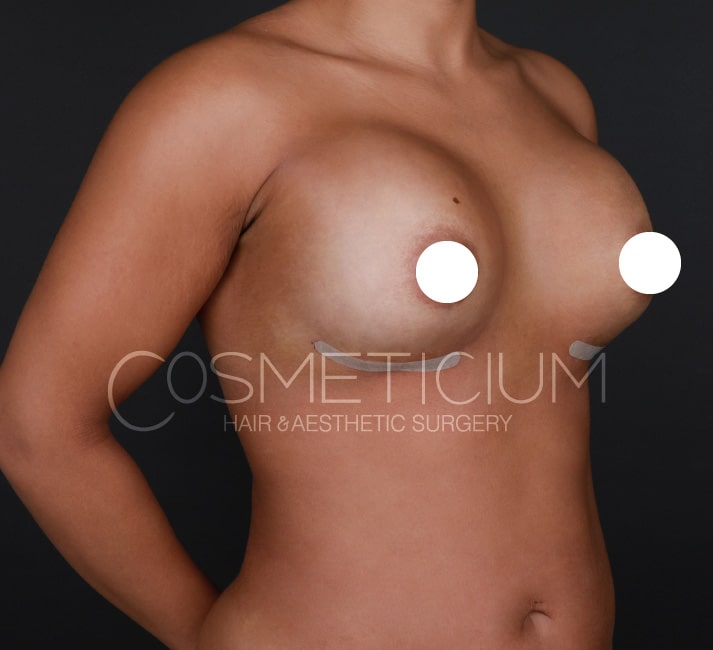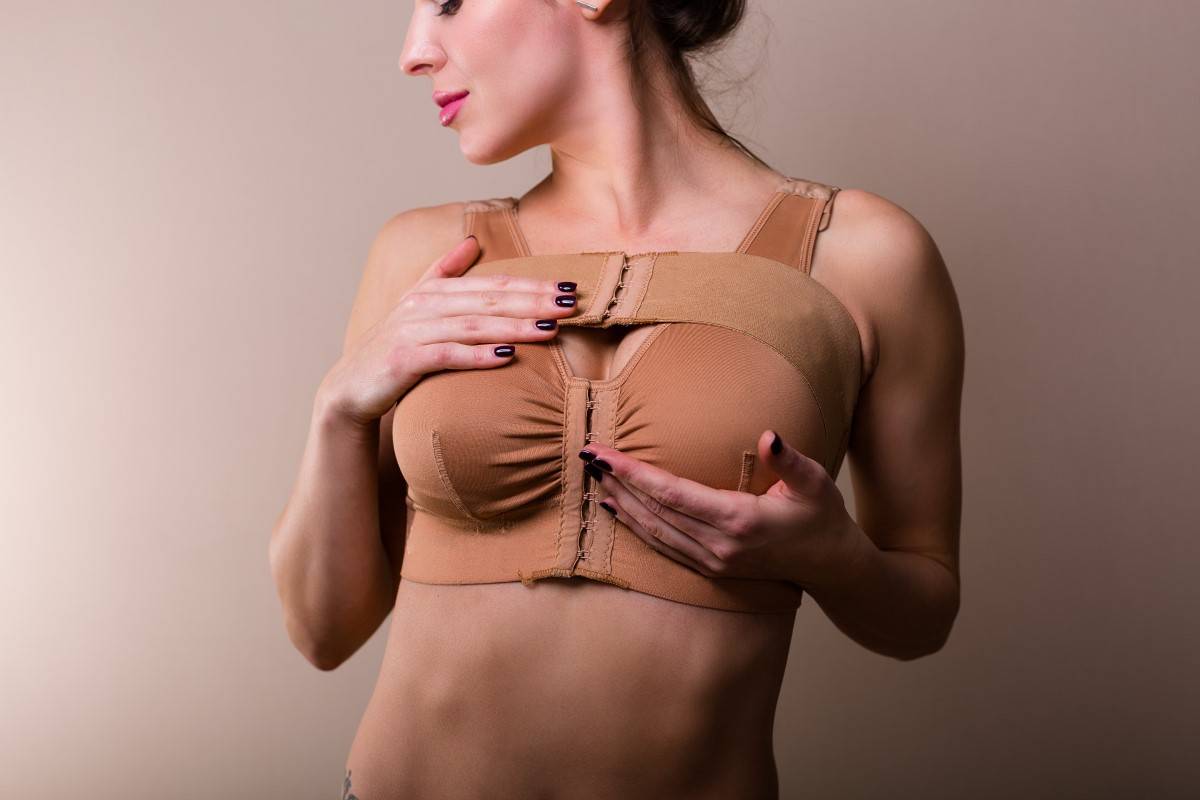Table of Contents
Introduction
Breast augmentation has become increasingly popular over the years, with many women choosing to undergo the procedure for various reasons, including boosting self-confidence and achieving a more balanced body contour. While the results can be life-changing, the recovery process is crucial to the success of the surgery. In this article, we will provide a comprehensive guide to breast augmentation recovery, including a timeline, tips for a smooth recovery, potential complications, and frequently asked questions.
What is Breast Augmentation?
Breast augmentation, also known as augmentation mammoplasty, is a surgical procedure that aims to enhance the size, shape, or fullness of a woman’s breasts. This is typically achieved through the use of breast implants or fat transfer.

Types of Breast Augmentation
There are three main types of breast augmentation procedures:
Saline Implants
Saline implants are filled with sterile saltwater and are inserted empty into the breast before being filled to the desired size. They can be adjusted more easily than silicone implants and have a slightly firmer feel.
Silicone Implants
Silicone implants are pre-filled with a silicone gel that mimics the feel of natural breast tissue. They tend to look and feel more natural than saline implants but may require a larger incision for insertion.

Fat Transfer
Fat transfer breast augmentation involves harvesting fat from another area of the patient’s body, such as the abdomen or thighs, and injecting it into the breasts. This method is ideal for those seeking a more natural look without the use of implants.
The Breast Augmentation Procedure
Breast augmentation is typically performed under general anesthesia and takes around one to two hours to complete. The surgeon will make an incision in the breast crease, around the areola, or in the armpit, depending on the type of implant and the patient’s preferences. The implant is then inserted either above or below the chest muscle, and the incision is closed with sutures.
The Recovery Timeline
First 24 Hours
The first 24 hours after surgery are critical for managing pain and monitoring for any complications. Patients should expect swelling, bruising, and discomfort but will be provided with pain medication to help alleviate these symptoms. It’s essential to have someone available to assist with basic tasks during this time.
First Week
During the first week, patients should continue to rest and avoid any strenuous activity. Swelling and bruising will begin to subside, and most patients can return to work within a few days, provided their job does not require heavy lifting or vigorous physical activity.

Second Week
By the second week, most patients can resume light exercise,
such as walking or gentle stretching. The majority of the swelling should have subsided by now, and patients may start to see the initial results of their breast augmentation. However, it’s crucial to continue following the surgeon’s recommendations regarding activity restrictions and post-operative care.
D. One Month and Beyond
At the one-month mark, most patients can return to their regular exercise routines and daily activities. The breasts should have settled into their final position, and any remaining swelling should have resolved. It’s essential to attend all follow-up appointments with the surgeon to ensure proper healing and monitor for any potential complications.
VI. Tips for a Smooth Recovery
- Follow your surgeon’s post-operative instructions closely.
- Wear a supportive surgical bra or compression garment to reduce swelling and promote healing.
- Avoid smoking and limit alcohol consumption, as these can impede the healing process.
- Sleep on your back with your upper body elevated to minimize swelling.
- Stay well-hydrated and maintain a healthy diet to support your body’s healing process.

VII. Potential Complications
While breast augmentation is generally a safe procedure, some potential complications may arise during recovery, including:
- Infection
- Bleeding
- Capsular contracture (scar tissue formation around the implant)
- Implant rupture or leakage
- Changes in breast or nipple sensation
It’s crucial to contact your surgeon immediately if you experience any concerning symptoms or signs of complications during your recovery.
,You May Also Like: Breast Augmentation Turkey


